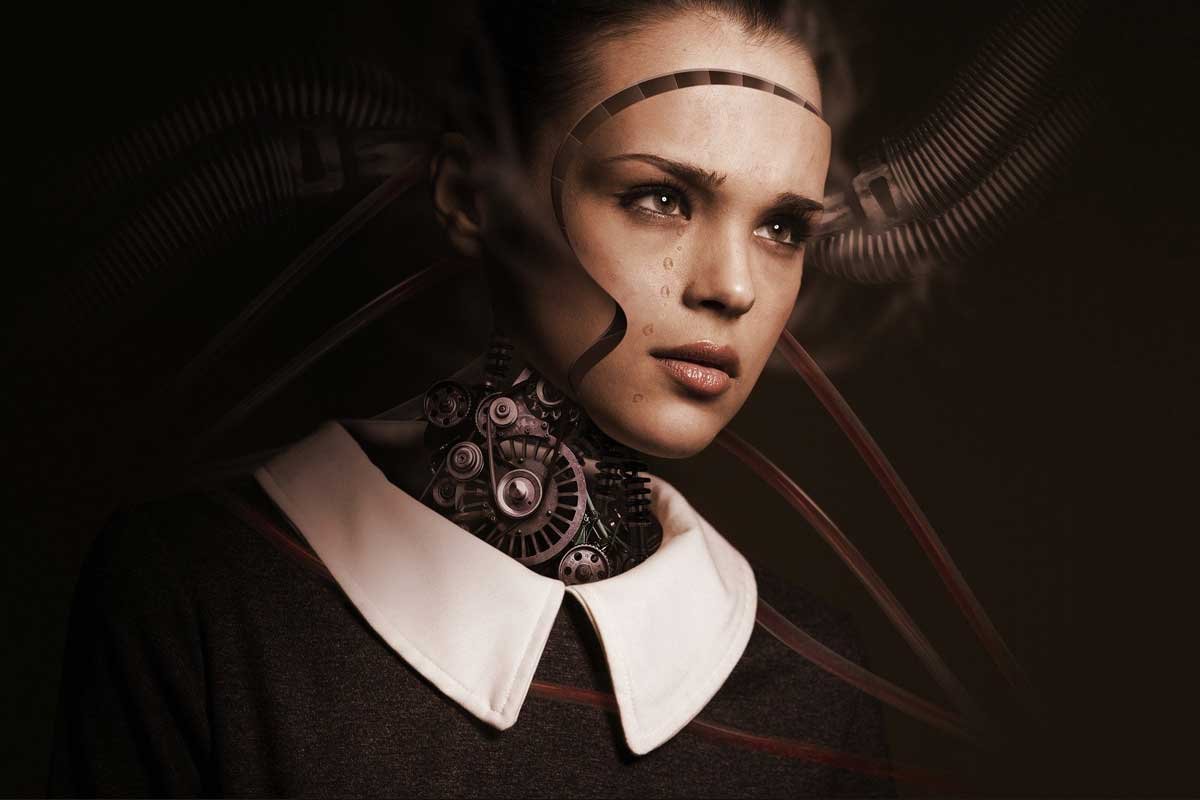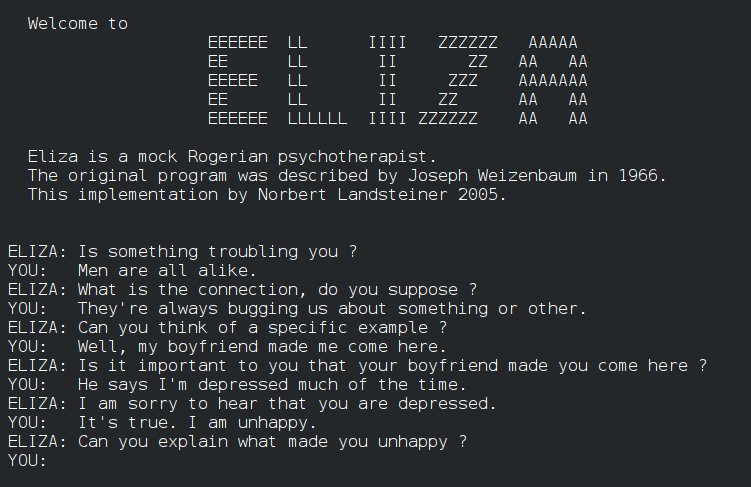People are always using the term Artificial Intelligence in their conversations, but what is AI? Artificial Intelligence, or AI, is where machines and software are developed in such a way that they function like the human intellect. AI, as opposed to the given explanation, comes with many, complicated facets that are difficult to understand but equally intriguing. To understand these facets, it is important to see everything, from the meaning to the history of Artificial Intelligence (AI).
What is artificial intelligence (AI)?
Before we explore the history of AI artificial intelligence, let us first understand the concept in detail. Like the way we evolved, we constantly try to evolve everything around us for better functioning. This thought process led to Artificial Intelligence, where machines act like humans while performing specific tasks. The important thing is that only human intelligence can help complete these tasks. The fathers of the field, Marvin Minsky and John McCarthy put forth this explanation in the 1950s.
Machines or systems with AI always exhibit one of the same kind of features. These include analytical capability, problem-solving and observation skills, among others. Let’s look at some examples of Artificial Intelligence technology – The world went crazy when Siri and Alexa graced us with their presence. These voice-recognition, virtual assistant systems are nothing but examples of Artificial Intelligence. Other examples include facial recognition, prediction tools, search engines, email spam filters and self-driving cars!
Types of Artificial Intelligence

Artificial Intelligence future discussions have categorized different types of AI, which are –
1. Narrow or weak AI –
Also known as Artificial Narrow Intelligence (ANI), this is the type that we see around us every day. It is goal-oriented and limited to displaying specific actions. Some of these tasks include facial and voice recognition, drone robots, recommendations on browsers and so on. This means that it can’t do anything other than what it is tasked to do. It’s these limitations that lend it the name of narrow or weak Artificial intelligence technology.
2. General or strong AI –
As opposed it is Artificial General Intelligence (AGI). It believes that machines can be as conscious as humans. As one can see, it is challenging to replicate the human brain perfectly. Therefore, this category, so far, is only a work-in-progress, with a notable attempt being Fujitsu-built K, one of the fastest supercomputers made to date.
3. Artificial superintelligence (ASI) –
Surpassing the above-mentioned types is Artificial superintelligence (ASI), which strives and might accomplish going further than human minds. Even though this is the real Artificial Intelligence future right now, ASI is an extremely possible, fast-approaching phenomenon in the field of AI.
The expansive history of Artificial Intelligence (AI)
As you can see, AI made our lives easier than we expected. And therefore, it is important to acknowledge the history of such an interesting field. AI is not a new concept; it has been prevalent in ancient myths and stories. The early thinkers and philosophers developed concepts like mechanical beings, and artificial entities through their works and novels. It was enough to make the next generations ground some tangible work over it.
1. The Turing Test:
An important contribution came in 1950, in the form of a paper. Authored by Alan Turing, he discusses the machine’s ability to display intellectual behaviour in his ‘Computing Machinery and Intelligence. It was originally called the Imitation Game, before being renamed The Turing Test. Turing claimed that a computer has Artificial Intelligence technology if and only if it can give human responses in some conditions. Thanks to the movie made by Turing, everyone knows what exactly is The Imitation Game about, along with its history, development and future.
2. The Dartmouth Workshop
More concrete steps in the Artificial Intelligence field were taken in 1956, with the term being coined at Dartmouth College. The Dartmouth Workshop was organized by the cognitive scientists Marvin Minsky, and John McCarthy and two senior scientists, Nathan Rochester and Claude Shannon. The conference, where the name was proposed, was based on the premise that “every aspect of learning or any other feature of intelligence can be so precisely described that a machine can be made to simulate it”.
3. Important discoveries in the AI Artificial Intelligence field
The workshop then kickstarted multiple types of research in the 1960s, including, Unlmate – an industrial robot that welded parts onto cars with its arm; the first Chatbot: Eliza, who functioned to converse like a human in English; and WABOT-1, the first anthropomorphic. This period – 1956 to 1974 – was a golden time for the field as many people were enthusiastic for AI to pan out. In addition to the above-mentioned Artificial Intelligence technology discoveries, here are some more ground-breaking ones –

Earliest discoveries in AI
| No. | Discovery | Details | Date |
| 1 | SNARC – first neural network | Stochastic Neural Analog Reinforcement Computer (SNARC) was the first neural network created by Marvin Minsky and Dean Edmonds. The system’s challenge was to help a virtual rat successfully solve a maze puzzle. | 1951 |
| 2 | Unimate | Unimate was the first industrial robot that was programmed to transport die castings and weld these parts onto cars with its arm. | 1961 |
| 2 | First Chatbot – Eliza | ELIZA was a chatbot program that could converse in English like a real human being. | 1966 |
| 3 | WABOT-1 | The WABOT-1 was the first anthropomorphic robot known to have vision and motor ability and conversation skills | 1970-1973 |
| 4 | Mercedes-Benz and Bundeswehr University Munich Eureka Prometheus Project | The heavily-automated Mercedes S-Class journeyed from Munich to Copenhagen and back without any human operating it, i.e. driverless cars. | 1995 |
| 5 | Deep Blue’s chess competition with Garry Kasparov | Garry Kasparov played two six-game chess matches with IBM’s supercomputer, Deep Blue. Both the matches were won by the supercomputer. | First Match: 10th – 17th February 1996 Second Match: 3rd – 11th May 1997 |
| 6 | The ImageNet Challenge | A Visual Recognition database to help the visual object recognition software. | 2010-present |
| 7 | Voice recognition technology | There was a boom in voice recognition technology after Apple introduced SIRI. Google Now, Microsoft’s Cortana and Amazon’s Alexa soon followed | SIRI – October 2011 Google Now – June 2012Cortana – April 2014Alexa – November 2014 |
| 8 | Google DeepMind Challenge Match | Google’s AlphaGo beats Lee Sedol, the world champion of Go, in an abstract strategy game, Go. | 9-15th March 2016 |
4. The AI winters
However, the enthusiasm didn’t last long. Computer scientists saw decreased funding from the Government, which halted all the experiments and inventions, coupled with negative feedback. This phase was called AI Artificial Intelligence winter, which lasted from 1974 to 1980. On the other hand, the second AI winter hit the world between 1987-1993, for the same reasons.
5. Emerging development in the AI field
After the second AI field, there was a newfound interest in AI. IBM Deep Blue, in 1997, beat Gary Kasparov, world chess champion, promising a positive Artificial Intelligence future. This was followed by the AI in Roomba, a vacuum cleaner; utilization of AI by companies like Netflix, Twitter and Facebook, Google launching ‘Google now and so on. AI also influenced the film industry, with many sci-fi films displaying robots, bots, futuristic technology and other AI-related elements.
Why do we need AI Artificial Intelligence in today’s world?
This fast-paced world needs a worthy companion, that will help humans not just to survive but to overcome problems. And Artificial Intelligence is designed to do just that. Thanks to the history of Artificial Intelligence (AI), it has become the basis for computer learning and is considered as basic as human necessities. This tool is perfect for helping humans keep up with the data flowing across the world. AI, then, not only compiles the data but also analyses it in a way to make decision-making efficient and easy.
Simply put, Artificial Intelligence is transforming the world!


